Your Strategic Partner for
Unlocking China's Sourcing Potential
Case study | How is a wireless charger made?
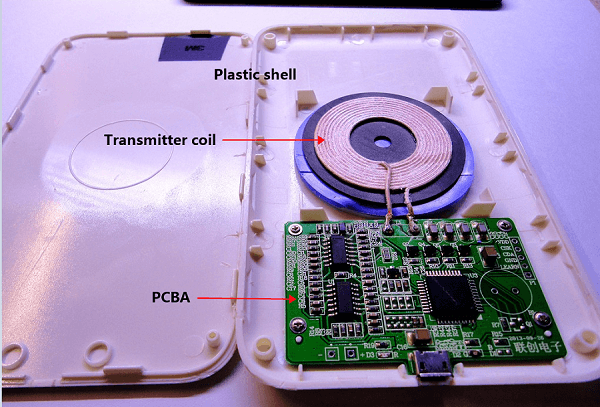
With the continuous improvement of the requirements for power supply quality, safety, reliability, convenience, immediacy, special occasions, special geographical environment, etc., the contact-type power transmission method is increasingly unable to meet actual needs.
The wireless charger is a device that uses the principle of electromagnetic induction for charging. Its principle is similar to that of a transformer. By placing a coil at the transmitting and receiving ends, the transmitting end coil sends an electromagnetic signal to the outside under the action of power. The receiving end coil receives the electromagnetic signal. Signal and convert the electromagnetic signal into the electric current so as to achieve the purpose of wireless charging.
Common wireless is fully composed of an internal circuit board and external shell. The following is the normal production process of a wireless charger:
1. Make PCBA
① PCB production: PCB is an important electronic component, support for electronic components, and a carrier for electronic components’ electrical connection. Because it is made by electronic printing, it is called a “printed” circuit board;
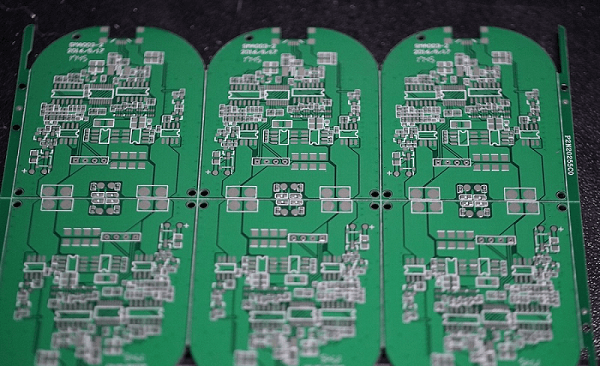
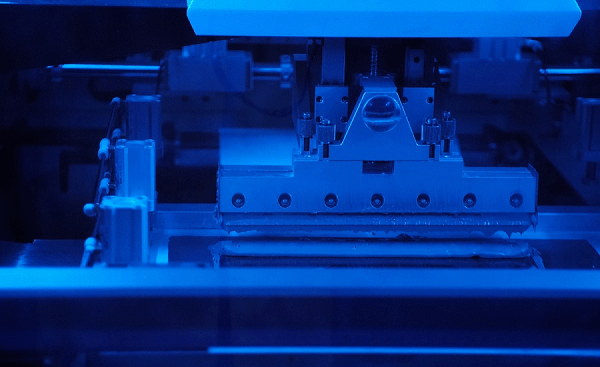
The picture above shows a fully automatic printing machine.
②SMT placement: SMT placement machine installs and fixes the chips, resistors, capacitors, inductors and other components on the circuit board brushed with solder paste in order;
③A small computer controls each SMT high-speed placement machine. Engineers will design and program the preset operating procedures according to each wireless charging circuit board’s material, which greatly improves the placement accuracy of the circuit board.
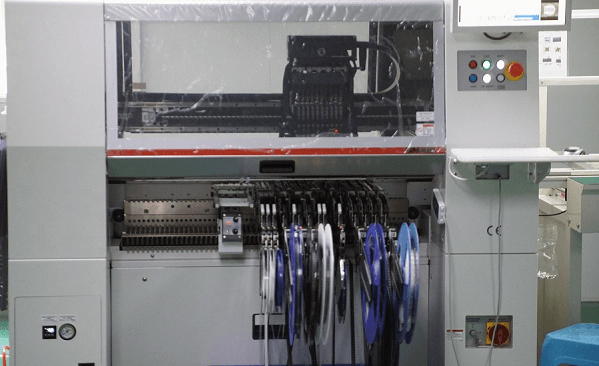
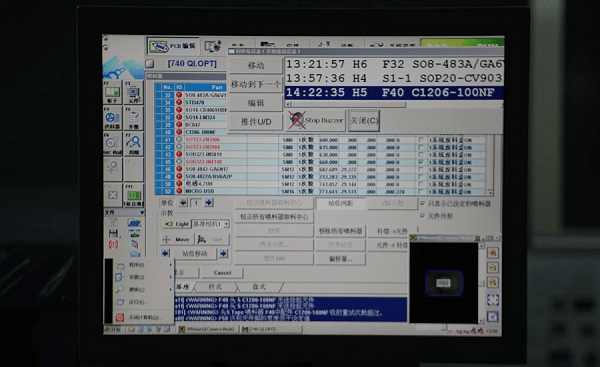
④ Reflow soldering: The installed circuit board enters the reflow soldering machine for reflow soldering. The so-called reflow soldering is to blow heated air or nitrogen to the circuit board where the components are installed to connect the circuit.
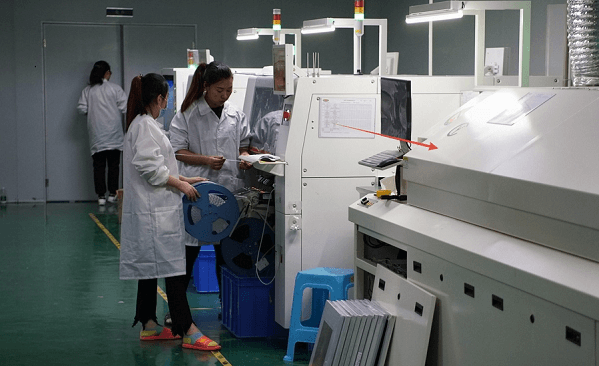
The picture above shows the reflow soldering operation in the lead-free environmental protection process.
2. Test:
The PCB substrate after brushing, patching, and reflow soldering has become a complete PCBA. At this time, the PCBA needs to be inspected to determine whether each part’s functions are normal.
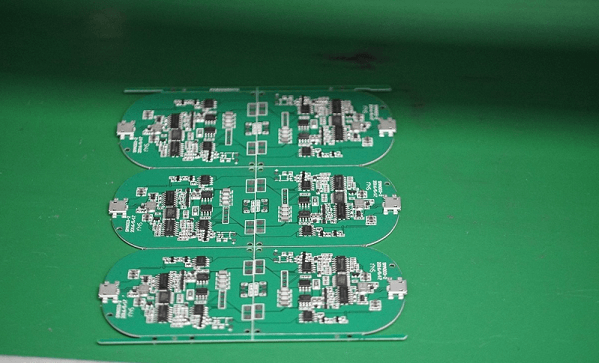
3. Produce wireless charger shell
①The raw material is injection molded through the mold.
②Print logo
4. Assembly:
① Weld the transmitter coil: Weld the transmitter coil and PCBA together. Welding the transmitter coil requires manual operation.
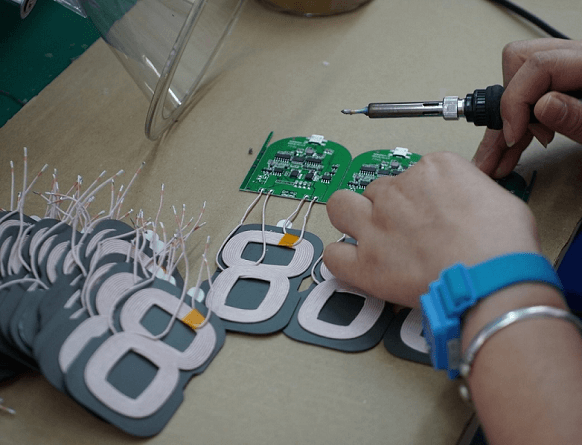
②Function test: Next, check whether the transmitter coil board can work normally; here will test the working conditions of different input voltages.
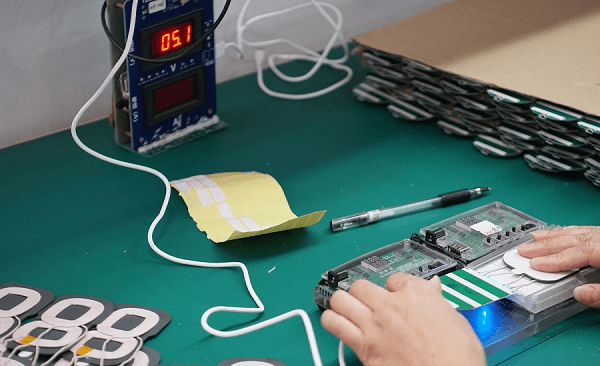
③Aging test: Each qualified wireless charger needs to be tested for power and load before leaving the factory, so that bad product can be screened out in advance during the test; those that pass the aging test will enter the assembly process, and the bad ones will be extracted Troubleshoot the problem.
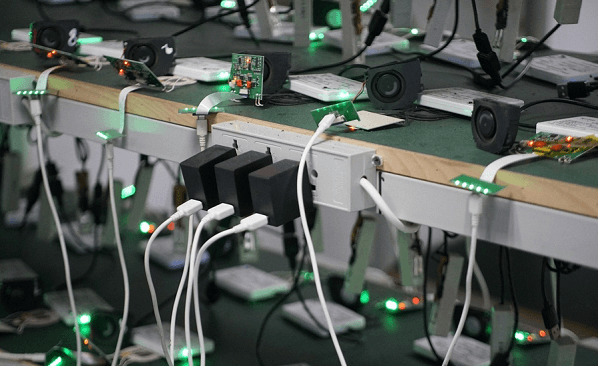
④Assemble the shell: Use 3M glue to fix the transmitter module on the wireless charger shell, and fix it with screws.
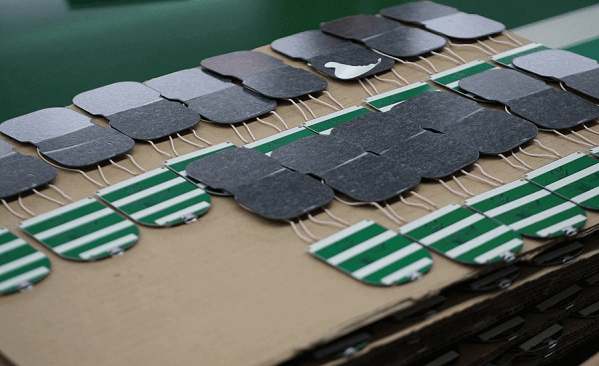
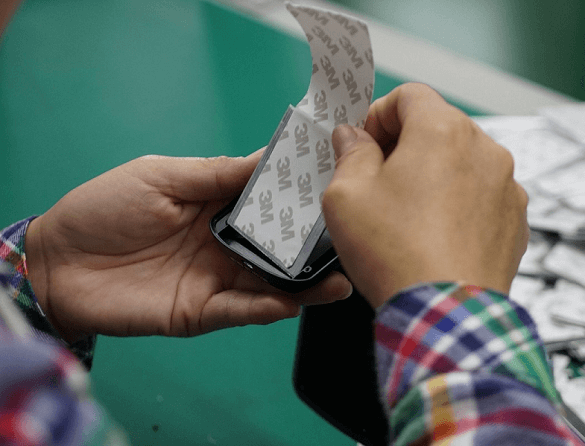
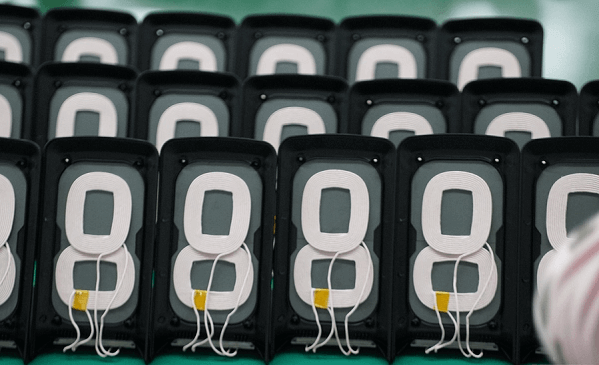
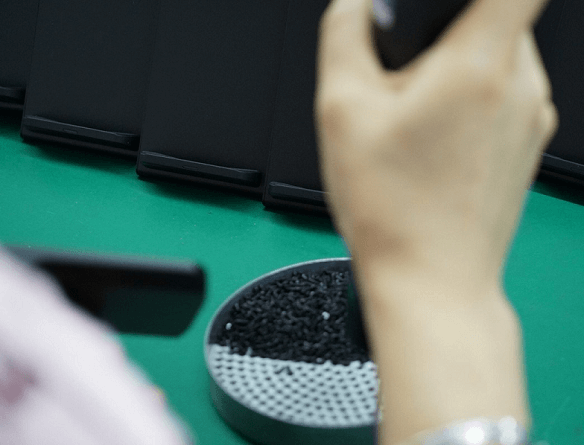
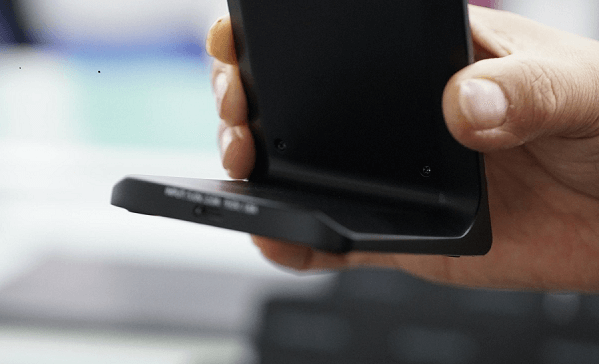
A vertical wireless charger with dual-coil fast charging is ready to be assembled.
5. Test:
The actual test before leaving the factory shows a Samsung wireless charging the mobile phone. This link is used to eliminate wireless charging compatibility and ensure that the wireless charging products that arrive in the user’s hands can have the same performance experience as the original charger.
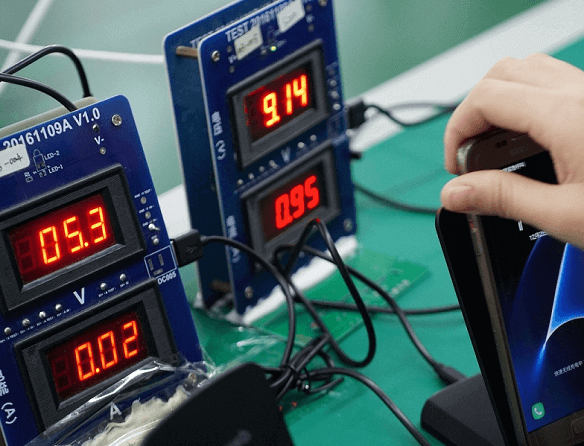
6. Production packaging materials:
①Product packaging materials: tape, color card, color box, manual, blister, etc.
②Carton: production of packaging cartons and printing of box marks
7. Packing:
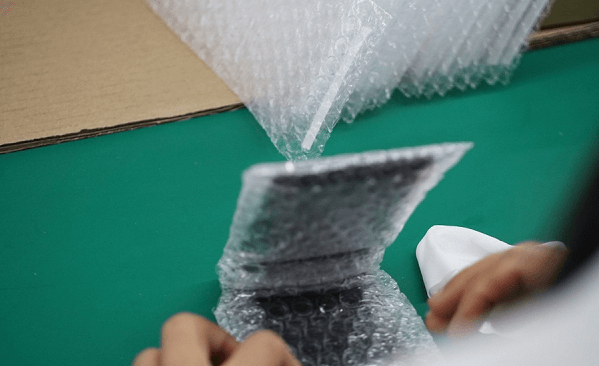
①Pack the finished products according to customer requirements. For example, I was wrapping bubble bags to improve the protection of wireless charging during transportation.
②Labeling: stick barcodes and price stickers on products according to customer requirements
③Put the products into cartons according to the packing specifications and pack them for easy transportation
The above is the complete production process of a wireless charger, which can be summed up as blank board printing, SMT patch, reflow soldering, PCBA inspection, soldering coil, inspection, aging test, glue, shell assembly, finished product test and finished product packaging.
Of course, it is impossible for suppliers to be responsible for all of the above processes. Different processes involve different factories, and few factories have the strength to equip all the processes required by the above processes. After receiving the order, the factory will not be responsible for the entire process from PCBA production to packaging. Most factories will only be responsible for some of these links, and other links will be outsourced to other suppliers.
The size of the factory determines the production links that the project is responsible for:
After receiving an order, a small factory is usually only responsible for a small part of the production process (assembly + testing + packaging). PCBA, wireless charger shell, and packaging materials are all purchased from other specialized factories.
How to distinguish the difference between a large factory and a small factory?
The medium-sized factories are usually responsible for themselves: producing the shell + LOGO printing + processing PCB into PCBA + assembly + testing + packaging.
Outsourcing: PCB, packaging materials, fuel injection
Large factories are responsible for their own core steps: shell production + LOGO printing + PCBA production + assembly + testing + packaging.
Unimportant parts are usually made by a partner factory or small factory: packaging materials + fuel injection.
Therefore, before purchasing products, we must evaluate the potential suppliers and conduct a comprehensive evaluation of the company’s scale, technology, manpower, and other aspects so as to choose the most suitable supplier. If you don’t know how to evaluate your own suppliers, you can read our previous article, hoping to help you.
Of course, you can also contact us directly, and we will analyze it for you from a professional perspective. And to provide you with the most suitable choice. It can save you a lot of time and purchase costs. If you are not satisfied with our service within 30 days, you can apply for a refund. Our aim is to make foreign trade procurement easier.
Your China Import Success Story Starts Here. Find How We Can Help You Drive More Profit.
Ready to speak with an importing expert?
Please give us a call or e-mail.
+86-150-1926-7452
156+ Serving Countries Around the World
50+ China Sourcing and Shipping Masters On Staff
300+ Carrier and Forwarders Cooperating per Month
1,000+ Verified Manufacturers, Wholesalers, and Traders Dealing per Month
